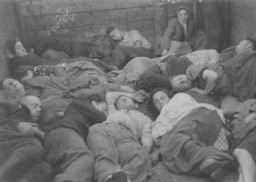You searched for: 竞彩比分3串1奖金封顶【杏彩官方qee9.com】福彩3d杀码图最准杀,,,0278UTWK3yVp
<< Previous | Displaying results 691-700 of 946 for "竞彩比分3串1奖金封顶【杏彩官方qee9.com】福彩3d杀码图最准杀,,,0278UTWK3yVp" | Next >>
-
Buchenwald
ArticleThe Nazi regime established the Buchenwald camp in 1937. Learn about the camp’s prisoners, conditions there, forced labor, subcamps, medical experiments, and liberation.

-
Spanish Civil War
ArticleThe Spanish Civil War (1936–39) was the bloodiest conflict western Europe had experienced since the end of WWI in 1918. It was a breeding ground for mass atrocities.
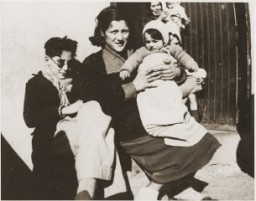
-
Trial of Ion Antonescu
FilmIon Antonescu governed Romania from 1940 until 1944. Antonescu aligned Romania with the Axis powers in November 1940, and became one of Nazi Germany's closest allies. Romania joined in the German invasion of the Soviet Union in 1941. It also implemented harsh anti-Jewish policies against Jews in Romania. While Antonescu ultimately refused to hand Jews over to the Germans, Romanian forces brutally killed hundreds of thousands of Jews, mainly residents of Bessarabia, Bukovina, and the western Ukraine. As the…
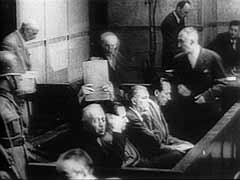
-
German and Soviet forces partition Poland
FilmThe German-Soviet Pact of August 1939 included a nonaggression pact whereby Germany and the Soviet Union promised not to attack one another for 10 years. Germany was thus able to invade Poland on September 1, 1939, without fear of Soviet intervention. In accordance with secret provisions of the pact, Poland was partitioned between Germany and the Soviet Union. Soviet forces occupied eastern Poland. In this footage, German and Soviet forces meet along the Bug River in central Poland. Less than two years…
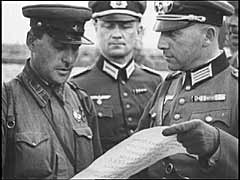
-
The Olympic stadium in Berlin
PhotoView of the Olympic Stadium, centerpiece of Berlin's Reich Sports Field. Berlin, Germany, 1936. The Nazis made elaborate preparations for the August 1–16 Summer Olympic Games. A huge sports complex was constructed, including the new stadium and state-of-the art Olympic village for housing the athletes. Olympic flags and swastikas bedecked the monuments and houses of a festive, crowded Berlin. Most tourists were unaware that the Nazi regime had temporarily removed anti-Jewish signs, nor would…
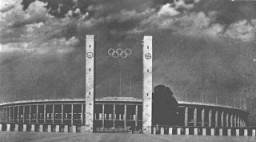
-
European Jewish population distribution, ca. 1933
MapJews have lived in Europe for more than two thousand years. The American Jewish Yearbook placed the total Jewish population of Europe at about 9.5 million in 1933. This number represented more than 60 percent of the world's Jewish population, which was estimated at 15.3 million. Most European Jews resided in eastern Europe, with about 5 1/2 million Jews living in Poland and the Soviet Union. Before the Nazi takeover of power in 1933, Europe had a dynamic and highly developed Jewish culture. In little more…

-
Richard Baer at a ceremony
PhotoSeptember 1, 1944, Richard Baer ceremonially accepts a copy of the construction plans from the Chief of the Central Construction Directorate of the Waffen SS, SS-Sturmbannführer Karl Bischoff, celebrating the opening of an SS military hospital (SS-Lazarette). Baer was the last commandant of the Auschwitz camp. From Karl Höcker's photograph album, which includes both documentation of official visits and ceremonies at Auschwitz as well as more personal photographs depicting the many social…
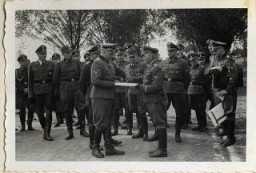
-
Heinrich Himmler: Key Dates
ArticleHeinrich Himmler was the leader of the dreaded SS of the Nazi Party from 1929 until 1945. Learn more about key dates in the life of Heinrich Himmler.

-
Theresienstadt: Transit Camp for Czech Jews
ArticleLearn more about Theresienstadt’s function as a transit camp and the deportation of Czech Jews during World War II.
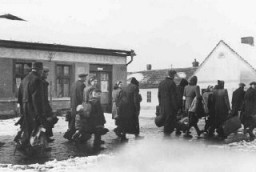
-
The Aftermath of the Holocaust: Effects on Survivors
ArticleSurvivors of the Holocaust faced huge obstacles in rebuilding their lives. Learn about the challenges they faced in the aftermath of the Holocaust.
